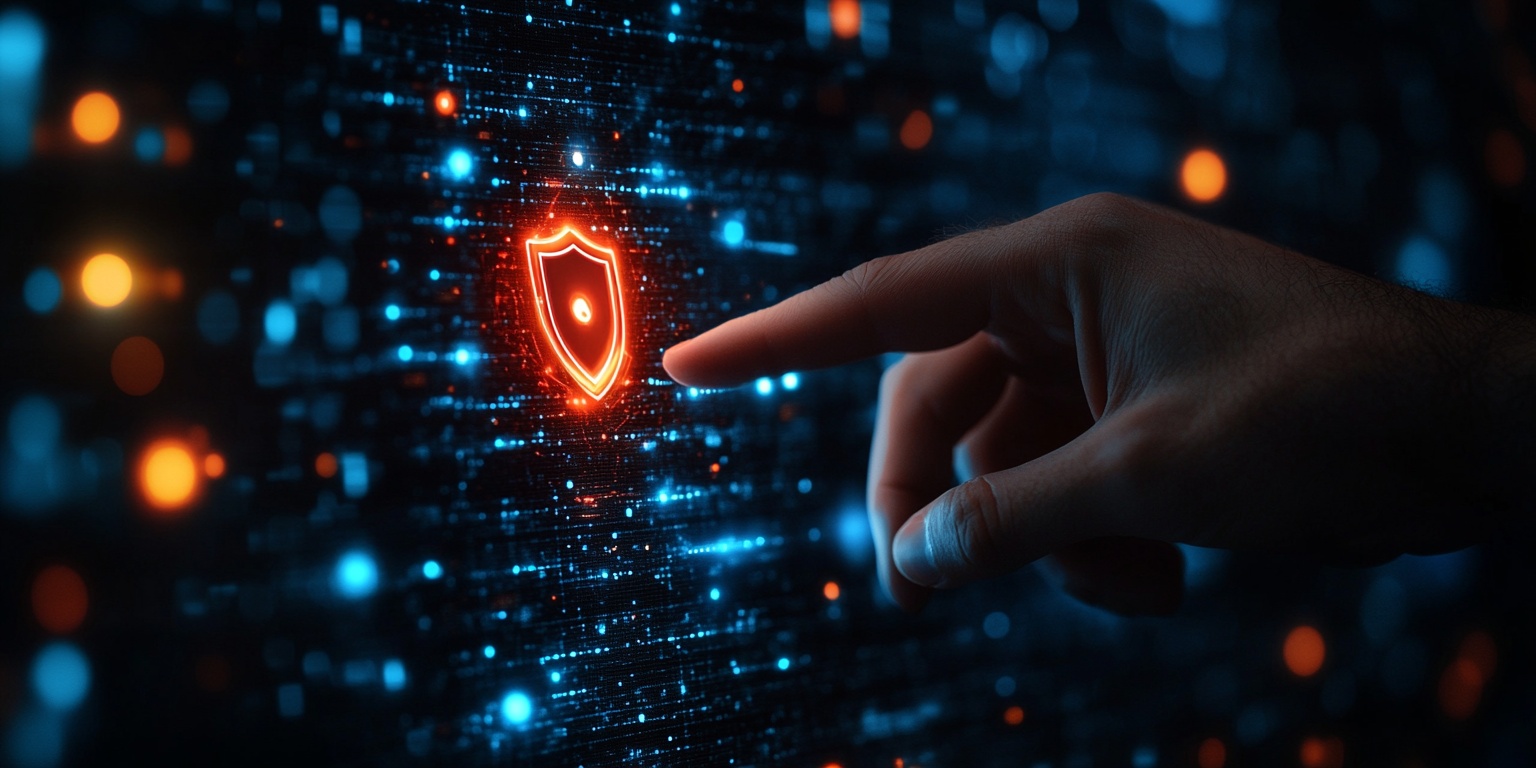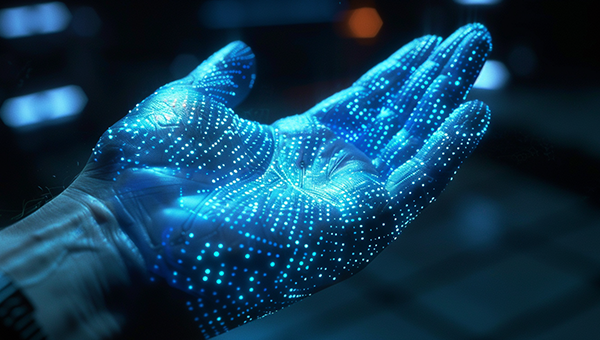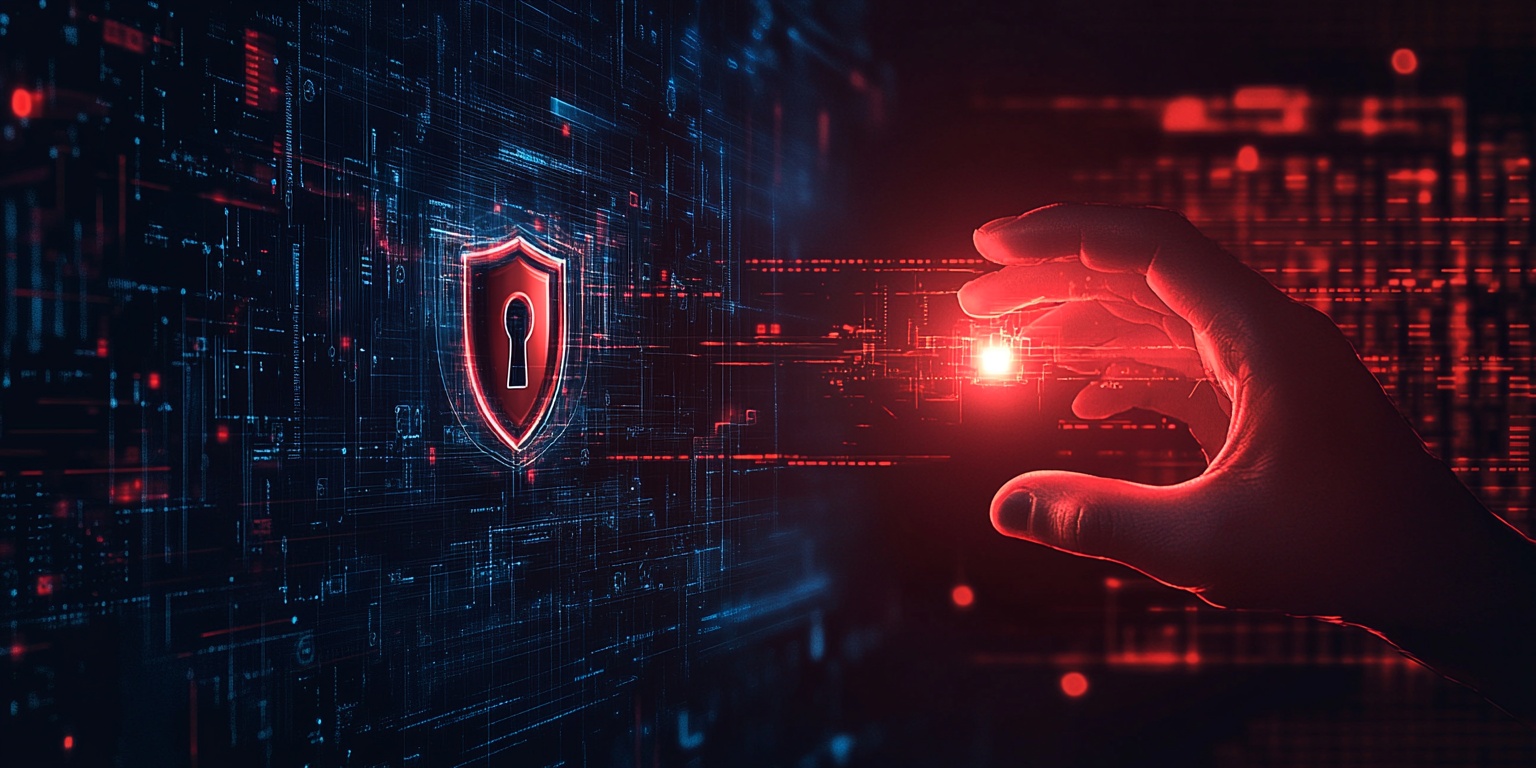Palm Print Recognition: A Key Player in Cybersecurity
Explore how palmprint recognition technology from Palmpass is revolutionizing cybersecurity. Learn about the role of biometric authentication in enhancing security measures and the demand for cybersecurity jobs and internships in India.
In today’s rapidly evolving digital landscape, security is more critical than ever. Among various biometric technologies, palmprint recognition has emerged as a significant tool in enhancing security protocols. Utilizing unique features of an individual's palm, this technology not only improves authentication processes but also plays a vital role in cybersecurity. Palmpass is at the forefront of this innovation, providing advanced solutions that integrate palmprint recognition into comprehensive security frameworks.
What is Palmprint Recognition?
Palmprint recognition is a biometric method that captures and analyzes the unique patterns of lines, ridges, and textures on a person’s palm. This technology operates similarly to fingerprint recognition but offers distinct advantages due to the larger area it scans. The enhanced detail allows for greater accuracy and reliability, making it an ideal choice for various applications, including secure access control and identification systems.
As the digital world expands, the need for robust security measures has intensified. This is particularly true in sectors where sensitive data is handled, such as finance, healthcare, and government services. Palmpass leverages palmprint recognition technology to provide businesses with reliable biometric solutions that significantly enhance their security protocols.

The Intersection of Cybersecurity and Biometric Technology
With the rise of cyber threats, organizations are increasingly focusing on robust security measures. Does cybersecurity require coding? The answer is nuanced. While many cybersecurity roles involve programming skills, the field is diverse and includes positions such as security analysts, incident responders, and compliance experts that may not require deep coding knowledge. However, a foundational understanding of how software and networks operate can significantly enhance one’s effectiveness in the cybersecurity domain.
Palmprint recognition adds another layer of security that complements traditional cybersecurity measures. By implementing biometric authentication alongside existing cybersecurity protocols, organizations can greatly reduce the risk of unauthorized access. For instance, integrating palmprint recognition with multi-factor authentication (MFA) ensures that only authorized personnel can access sensitive data and systems.
Cybersecurity Jobs and Internships in India
The demand for cybersecurity professionals is soaring, particularly in India, where a growing number of companies recognize the importance of safeguarding their digital assets. Cybersecurity jobs in India span various roles, from ethical hacking to security architecture, and many companies are actively seeking candidates with skills in both traditional security measures and biometric technologies.
For students and recent graduates, cybersecurity internships provide valuable opportunities to gain hands-on experience in the field. These internships often cover a wide range of topics, including network security, risk assessment, and the implementation of biometric authentication systems like palmprint recognition. Interns can learn how biometric solutions fit into broader cybersecurity strategies, preparing them for future careers in a rapidly evolving industry.
Benefits of Palmprint Recognition in Cybersecurity
The integration of palmprint recognition technology into cybersecurity frameworks offers numerous benefits:
Enhanced Security: Biometric authentication provides a higher level of security than traditional passwords or PINs, which can be forgotten or compromised.
User Convenience: Palmprint recognition is quick and user-friendly, allowing for seamless access without the need for memorizing complex passwords.
Fraud Prevention: The unique nature of palmprints makes it extremely difficult for unauthorized users to gain access, thus minimizing the risk of identity theft and fraud.
Scalability: Solutions like those offered by Palmpass can be easily scaled to accommodate growing organizations, adapting to various security needs.
Conclusion
As the cybersecurity landscape continues to evolve, integrating advanced technologies like palmprint recognition is essential for maintaining robust security measures. With companies increasingly focused on protecting their digital assets, the demand for professionals knowledgeable in both cybersecurity and biometric technologies is rising. By investing in solutions from Palmpass, organizations can enhance their security protocols while preparing for the future of cybersecurity.










